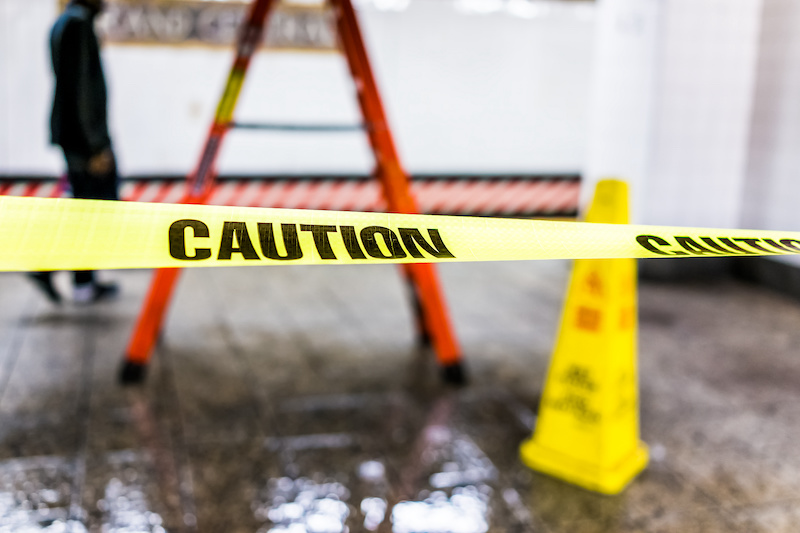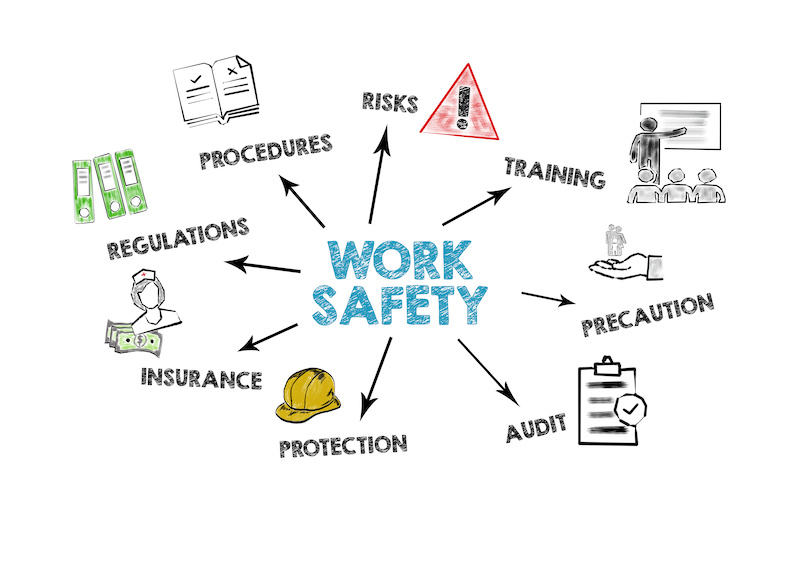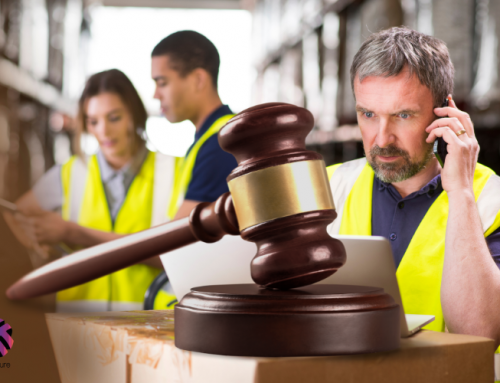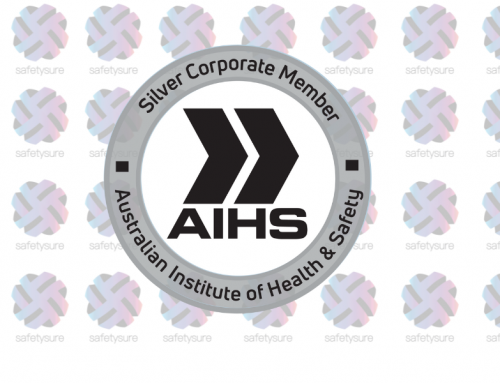A recent successful prosecution against a flooring business in Queensland by the work safety regulator has demonstrated the importance of diligently following safe work method statements (SWMS) in the course of preventing injury. The importance of following and reviewing high risk construction SWMS is critical to mitigation of injuries, illnesses and fatalities.
According to Safe Work Australia a Safe Work Method Statement or SWMS is a “document that sets out the high-risk construction work activities to be carried out at a workplace, the hazards arising from these activities and the measures to be put in place to control the risks.”
It is well known across the construction industry that SWMS are often created in a generic format for projects, but the risks remain that the SWMS are often not followed for specific site-based conditions. Site Supervisors and managers often assume that once everybody on site has signed off on the SWMS – she’ll be right!
But as we know the tendency for people to sign off then fail to manage specific site risks is a trap that many in construction fall into. There’s a false assurance that SWMS will be sufficient if something goes “pear shaped.”
SWMS alone and false assumption that the controls stated in the SWMS are good enough can land contractors in trouble.
In the recent Brisbane prosecution, the Queensland work safety regulator found that the company’s SWMS identifying slip hazards and safety controls was not followed and an exclusion zone or delineated path including signage, not implemented.
Brisbane construction company fined for failure to manage critical risk | Agricultural Safety | Worker caught in machine
According to the regulator “On 24 July 2018, company workers, including the sole director, applied a floor levelling compound to a commercial building foyer, which needed time to dry. Boards and mats were placed on the newly finished surface, creating a path along the wall from the emergency exit doorway to the centre lift in the foyer. However, the workers did not put down matting in front of lift three, the closest to the emergency exit.
Bollards and traffic cones were placed in the area but not near the emergency exit or lift three. Later that morning, two members of the public slipped and fell crossing the floor, with one sustaining a fractured left patella”.
While it is clear in this case that some measures had been taken in accordance with the SWMS to mitigate or alleviate risk, they were not effective in controlling the risk.
Magistrate Suzette Coates told the Court that she “accepted the workers had made arrangements for entry to the building by tenants and the defendants did their best, albeit incompetently, to alleviate the risk, but were not successful”

Magistrate Coates also stressed that the company had to some extent relied on others such as the Principal Site Contractor to mitigate the risk but she said “relying on others is dangerous when liability arises for the person performing the work.”
The Magistrate considered the early guilty pleas when imposing the $35,000 fine for the company and the 12-month court ordered undertaking pursuant to section 239 of the Work Health and Safety Act 2011, with a recognisance of $5,000, for the director. Court and professional costs of almost $1,700 were ordered against the defendants, with no convictions recorded.
Safetysure assists a range of organisations in preparation of SWMS for their businesses but we also stress with our clients that a cookie cutter generic SWMS must also be reviewed against site conditions on a day-to-day or sometime hour by hour basis. Sites are dynamic environments and SWMS need to be reviewed and updated as conditions change.
Reliance on other persons on a shared site to implement controls to the hazards and risks that you generate can have serious consequences for work safety & health of those at the site and those that interact with it.
If you’d like to know more about how you can improve or update your high risk construction work SWMS, why not call us on 1300087888 or chat live below.







Leave A Comment